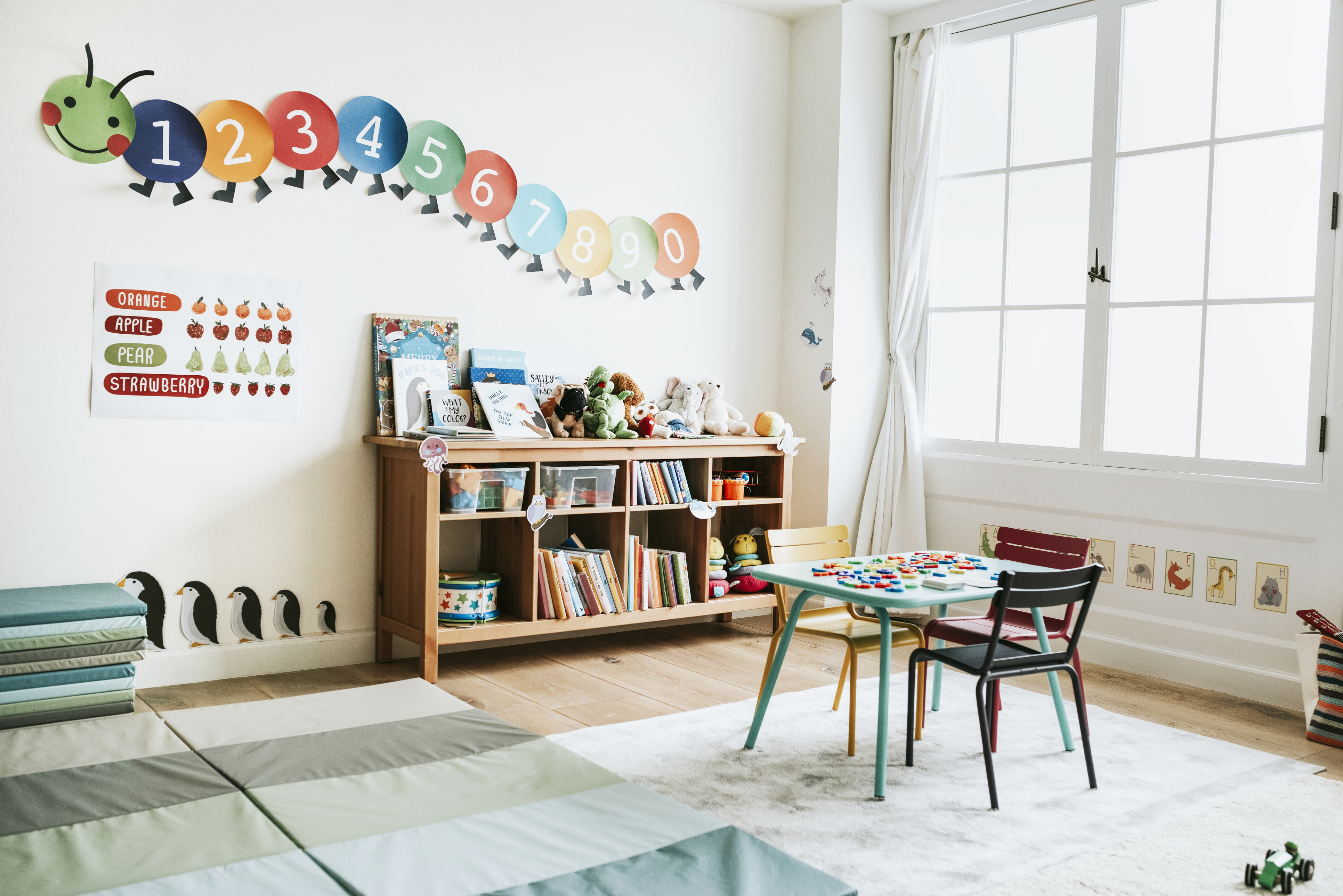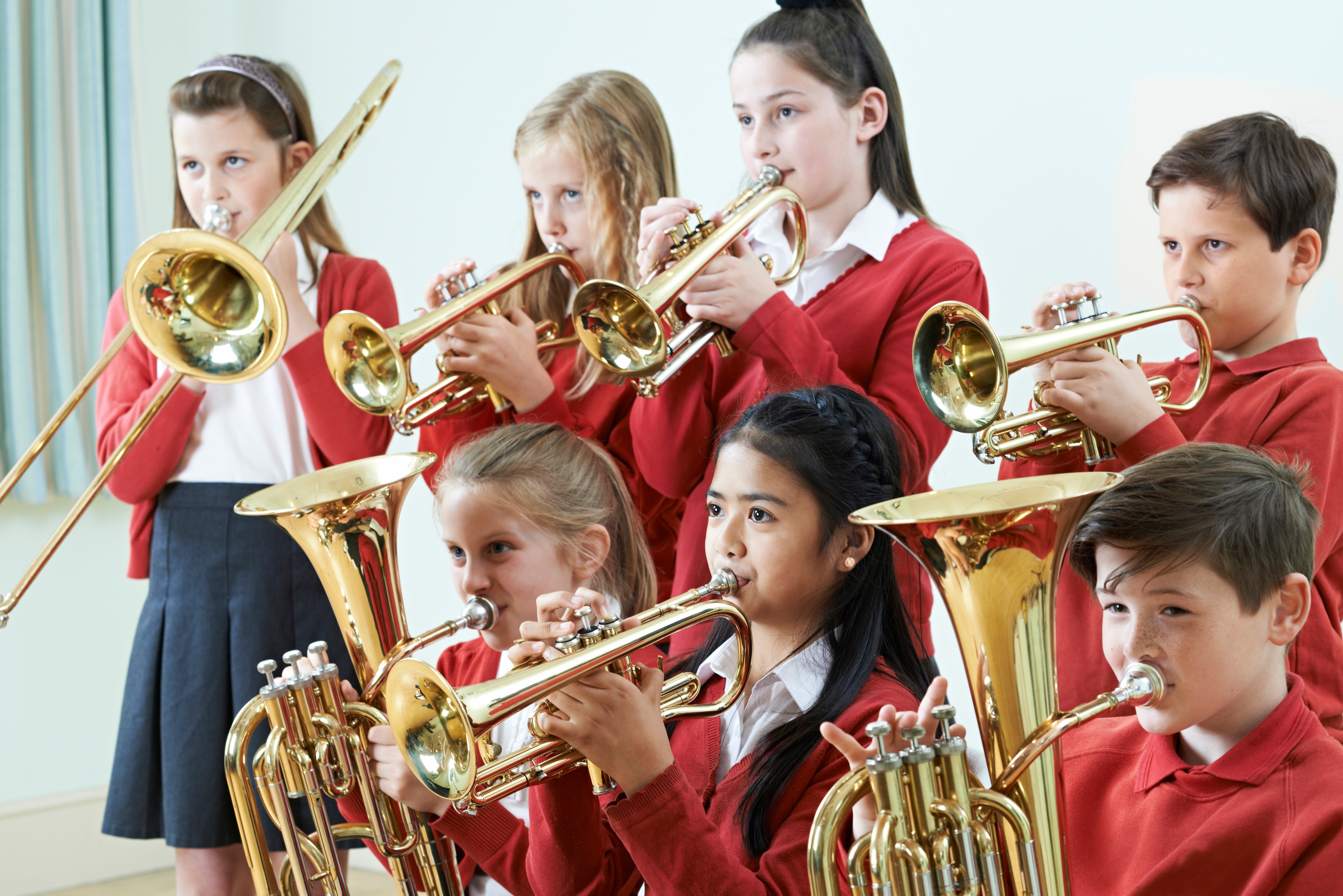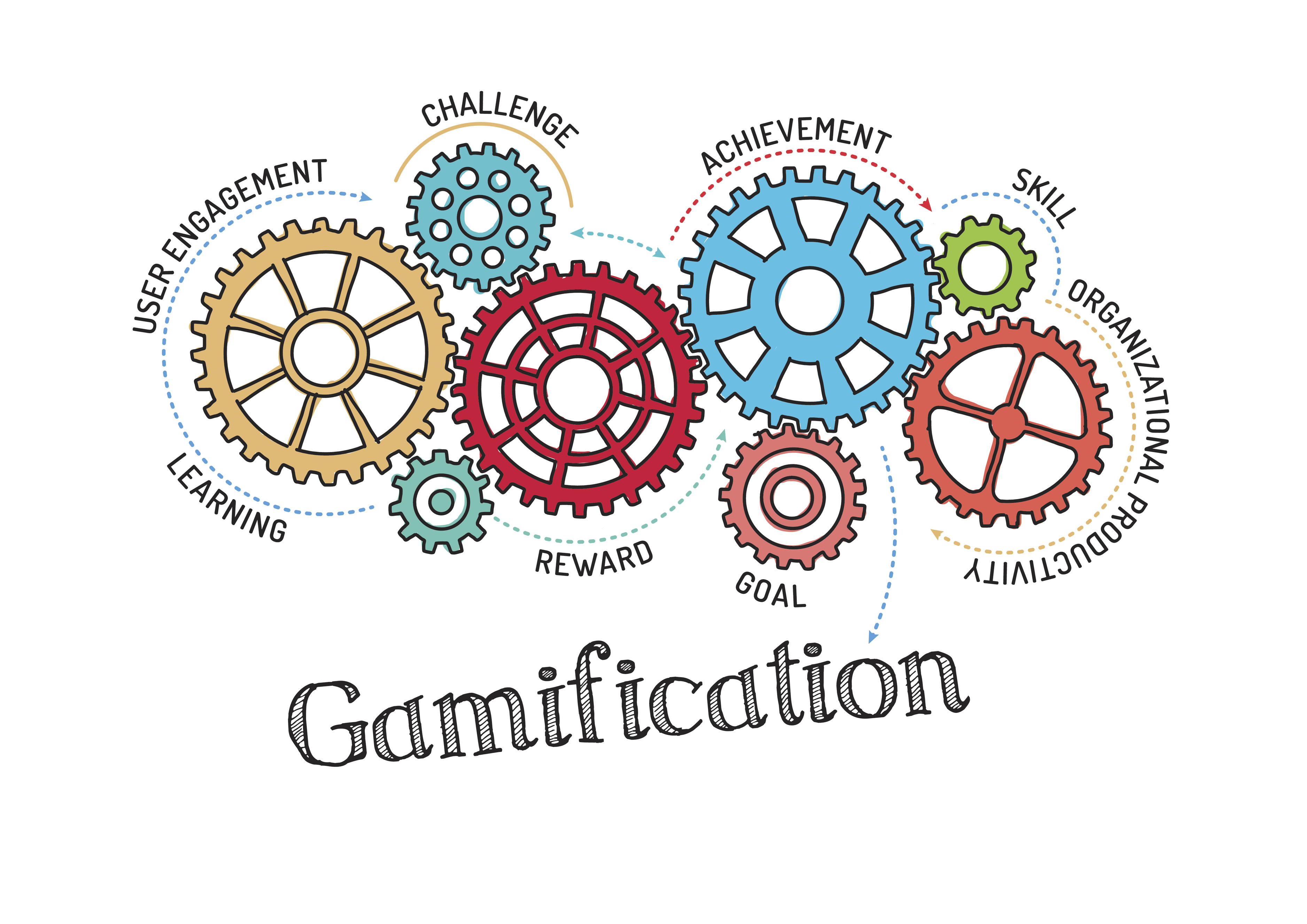As the 2018-2019 school year heads into the final months, it is time for those of you planning to open your new schools next year to start recruiting and hiring teachers. In many schools, this is the time where final evaluations are taking place and contract extensions for next year and being offered. In order to find well-qualified teachers to get your school up and running in the fall, you’ll want to start thinking about starting your hiring process.
Read MoreResearch shows that one out of every four students has been exposed to a traumatic event that can impact their learning and/or behavior. As educators, we are faced with tremendous responsibility to assist students – not just through their academic studies, but through emotional situations that may be happening at school or at home. Students who are suffering from traumatic stress need a supportive environment to thrive. But what can schools do to help provide that?
Read MoreIf you’re thinking about how your school year will be structured at your new school, there’s a chance you’ve been thinking about how to set up semesters or other terms to best meet the needs of your students. Scheduling can be one of the most challenging logistics your school will encounter as far as operations go, so spending some time thinking it through now will certainly pay off later.
Read MoreStudents who miss class are at a disadvantage over those who are present. Or are they?
Read MoreA NCES survey showed that more than half of all private schools in the US require uniforms as part of their dress code. There’s no official rule that says private schools have to adhere to a uniform dress code, but often administrators at private schools choose to do so.
Read MoreYou’ve thought about your curriculum and you know what kind of school you want to be. Things are coming together with your new school planning, but there are always new things to consider. One option you have as a private school is getting to decide how students will be grouped – by age groups, as is traditional in schools, or by ability, which is a newer educational philosophy.
Read MoreThe idea that social and emotional learning is a crucial part of education isn’t a new one. SEL has been an integral part of curriculum in lower elementary grades for decades, but typically loses classtime in favor of academic instruction as students get older. Looking for a primer on what SEL is? Look no further.
Read MoreIn recent years STEM has evolved into STEAM, incorporating arts into STEM activities. There are lots of places to look for inspiration as you are trying to start planning your courses and lessons for your non-STEM courses. Although our new school planning guide has some great options for curriculum development, there’s always room for more resources when it comes to thinking about the most important component of your new school.
Read MoreOne of the educational buzzwords making its rounds over the last several years is “gamification” of learning. In short, gamification helps motivate students making curriculum and learning more like the video games that attract the attention of our students. Gamification typically entails some kind of task-based challenges with awards or recognition at the end to entice students to participate.
Read MoreAs you’ve started thinking about your new school, you’ve probably put some time into curriculum planning and what types of courses you’d like your school to offer. Although our new school planning guide has some great options for curriculum development, there’s always room for more resources when it comes to thinking about the most important component of your new school. In today’s blog, we’ll focus on STEM courses, but check back in two weeks for some great resources for the arts and humanities.
Read More










